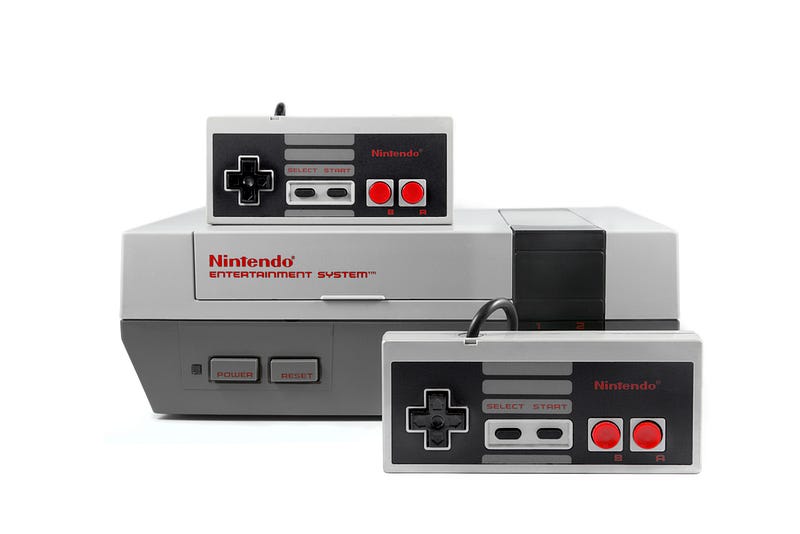# The Surprising Origins of Nintendo: From Cards to Consoles
Written on
Chapter 1: A Legacy Older Than You Think
Nintendo's history is more extensive than many realize. Before the iconic Mario took center stage, Nintendo was engaged in a completely different form of entertainment.
Fusajiro Yamauchi, at the age of 29, established Nintendo Koppai in 1889. This company specialized in creating traditional Japanese playing cards known as “Hanafuda” (flower cards). Unlike typical playing cards, Hanafuda featured beautifully illustrated flowers that symbolized the twelve months of the year, serving as the basis for various card games.
With the Japanese government easing restrictions on playing cards, Yamauchi's creations gained popularity through his two stores, allowing for significant business growth.
In 1902, Yamauchi ventured into producing western-style playing cards, which were larger than the Hanafuda variety. These cards quickly gained traction not just within Japan but internationally. After Yamauchi's retirement in 1929, his adopted son-in-law, Sekiryo Yamauchi, took charge, leading to a name change in 1933 to Yamauchi Nintendo & Co.
The company weathered the economic turmoil following World War II, although Sekiryo suffered a stroke in 1949, transferring leadership to his young grandson, Hiroshi, who was only 21. In 1951, the company was renamed the Nintendo Playing Card Company.
Despite Hiroshi's attempts to diversify, initial efforts failed to yield success. Faced with declining card sales, he stumbled upon a promising idea while observing the assembly line: an innovative extending arm designed by engineer Gunpei Yokoi. This invention, dubbed the Urutora Hando or Ultra Hand, marked Nintendo’s shift from playing cards to toy manufacturing.
In the 1970s, Yokoi further guided Nintendo into the realm of electronic games, with early projects like the Beam Gun game, which later inspired the beloved Duck Hunt. In 1967, engineer Ralph Baer created a television-based game known as the Brown Box, which evolved into the Magnavox Odyssey, the first home video game console released in 1972. Recognizing the potential, Nintendo secured distribution rights in Japan in 1975, paving the way for their own game development.
As the late 1970s approached, Nintendo began releasing home video games, and by 1979, they had established a division for arcade games. In 1980, designer Shigeru Miyamoto was commissioned to create a game based on a previous failure in the U.S. He introduced a character named Jumpman, who aimed to rescue his girlfriend, Pauline, from a runaway gorilla. This concept blossomed into the classic Donkey Kong, with Jumpman later rebranded as Mario, named after the landlord of Nintendo of America, Mario Segali.
This innovation led to the launch of the Family Computer, or Famicom, in 1984, which was later rebranded as the Nintendo Entertainment System (NES) in the U.S. in 1985. The NES became an immense success, revolutionizing the gaming landscape.
Despite its evolution, Nintendo has not entirely abandoned its roots; the company still produces playing cards today, notably for the Pokémon Trading Card Game.
Want to explore more fascinating insights? Check out Knowledge Stew’s Fact World on Medium.
Section 1.1: The Evolution of Gaming
Nintendo's transformation reflects the broader changes in the gaming industry.

Section 1.2: The Transition to Electronics
As Nintendo shifted towards electronics, it opened up new avenues for innovation.
Chapter 2: From Toys to Technology
This video explores how to fix an NES that isn’t reading games, utilizing no replacement parts, showcasing the resourcefulness of gamers.
This video dives into the NES imports by Nintendo that never made it to the American market, revealing hidden gems in gaming history.